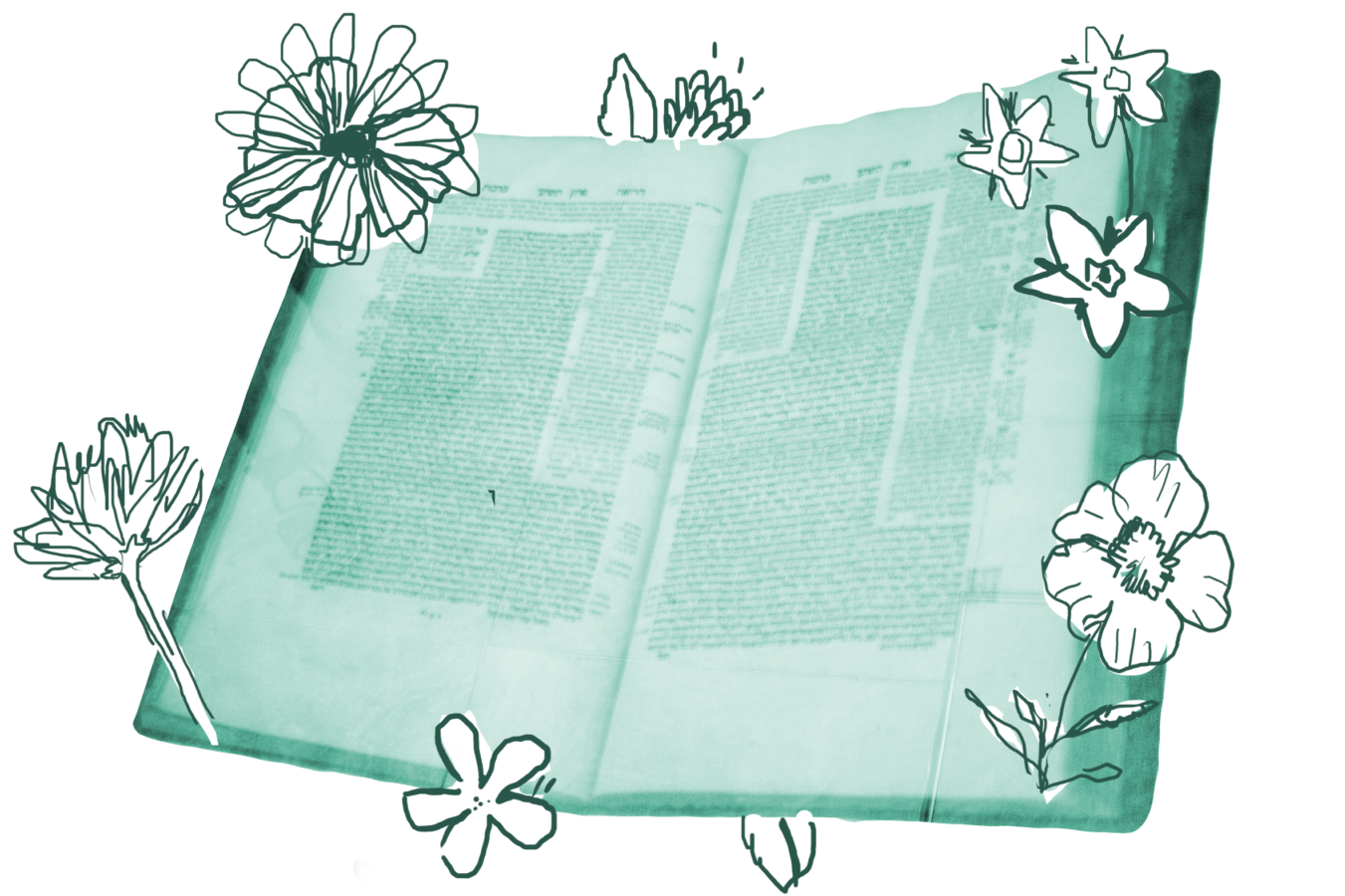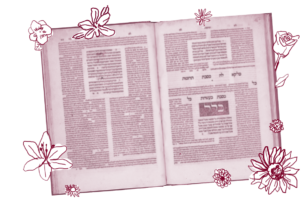The Torah is an incredibly complex text. It is a product of a particular time and place but with timeless resonances. It contains narratives, laws and poetry. It tells the story of the Israelites and of the universe itself. Beyond these important thematic and generic issues, today’s daf reminds us of yet another reason that the biblical text is so complex – it has no punctuation!
That’s right. Biblical Hebrew has neither periods nor commas, colons nor quotation marks. And that means that before we can understand the deeper spiritual meaning of the text, we have to first understand where each sentence starts and stops. This problem is more than theoretical — it has real implications for how we understand a range of issues relating to the ancient Israelites.
Today’s daf gives us a number of examples. The first relates to King Solomon’s construction of the First Temple:
“And he (Solomon) prepared a partition in the midst of the House within to set there the Ark of the Covenant of the Lord.” (I Kings 6:19)
The Gemara explains the problem:
Should it be read: “And Solomon prepared a partition in the midst of the House within to set there” (i.e. Solomon is creating a space in the larger Temple within which to put the Ark)? Or perhaps this is what the verse states: “A partition in the midst of the House within” (i.e. in the inner-most part of the House)?
The Gemara’s real question is about the holiness status of the partition itself — is it considered to be part of the larger Temple with its general degree of holiness, or is it considered to be part of the Holy of Holies with its heightened degree of holiness? The first way of parsing the verse supports the first interpretation, and the second way supports the second.
So which is it? The Gemara doesn’t answer the question; instead it then discusses another five cases in which it is unclear how to punctuate the biblical texts — cases in which the different interpretations have real theological and practical consequences for how we think about the Temple and our relationship with God. Perhaps most frustratingly, it doesn’t resolve any of these cases!
We can note with some relief that of the entire unpunctuated text of the Torah, the rabbis of the Gemara only note five or six places where they are unsure of how to actually punctuate it. But even this degree of uncertainty was too much for many medieval Jews.
Today, if you pick up any printed Hebrew edition of the Torah, you’ll notice that the whole thing is punctuated. That’s because a group of Jewish scholars called the Masoretes worked to systematize the Torah’s punctuation, pronunciation and grammar. In the medieval period, Jews living in the land of Israel and Babylonia were part of a broader movement among Muslims, Jews and others in Middle East and North Africa to understand the language of sacred scripture in stunning detail. Among other projects, the Masoretes decided how to divide up the different sections and verses of the Torah and added the Torah trope — marks that we still use today as a chanting guide — as a way to note these divisions. Any printed Jewish Bible that you buy today will be based on their version of the biblical text — which scholars call the “Masoretic Text.”
And yet, Judaism retains both memory and ritual related to the biblical text’s original unpunctuated form. As any Jewish teen who labored to learn how to chant their Torah portion in Hebrew at their Bar or Bat Mitzvah can tell you, the Torah scrolls used in synagogues today are still unpunctuated. Today’s daf is a helpful reminder that this challenge is not new — it’s actually over a thousand years old!
Read all of Yoma 52 on Sefaria.
This piece originally appeared in a My Jewish Learning Daf Yomi email newsletter sent on June 2nd, 2021. If you are interested in receiving the newsletter, sign up here.
The post Yoma 52 appeared first on My Jewish Learning.




